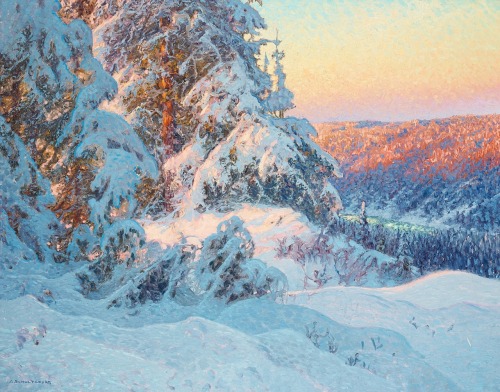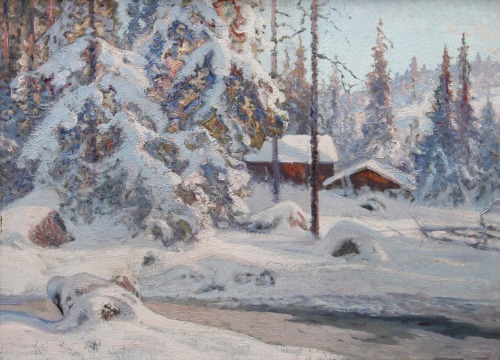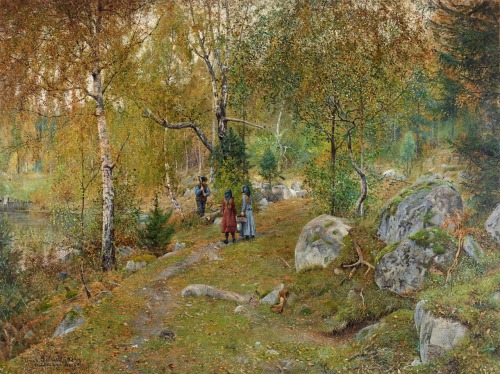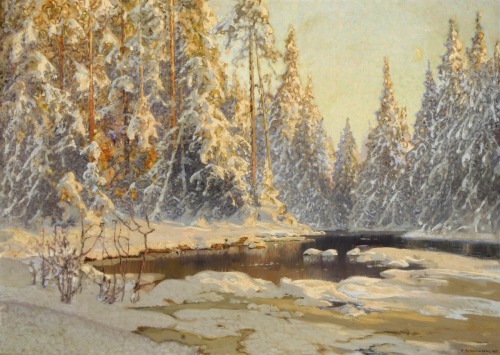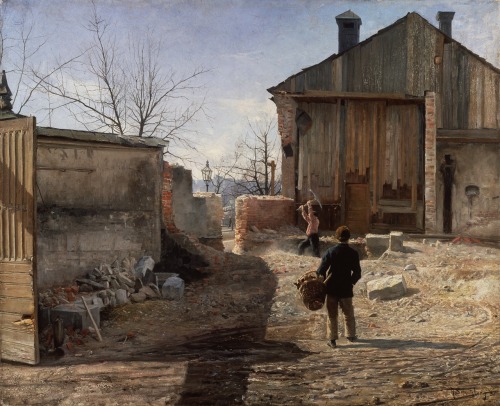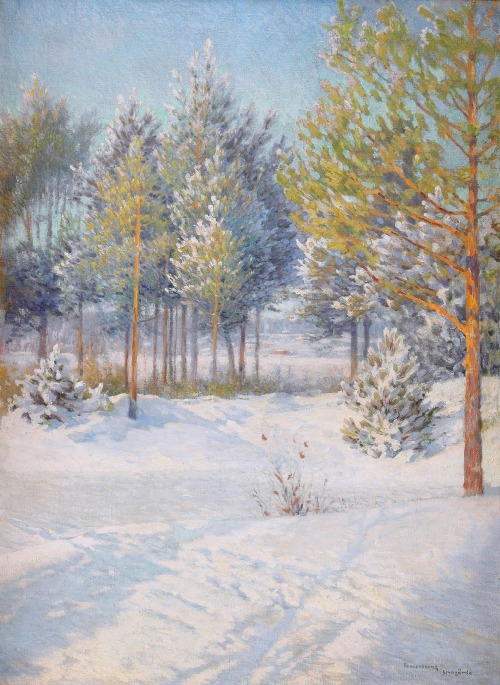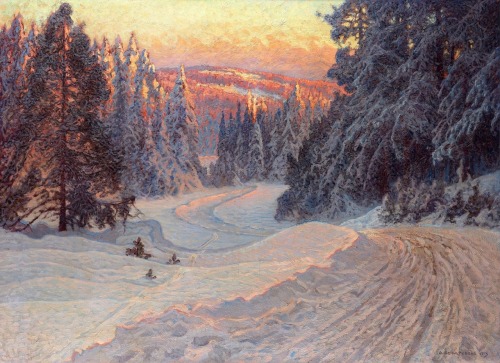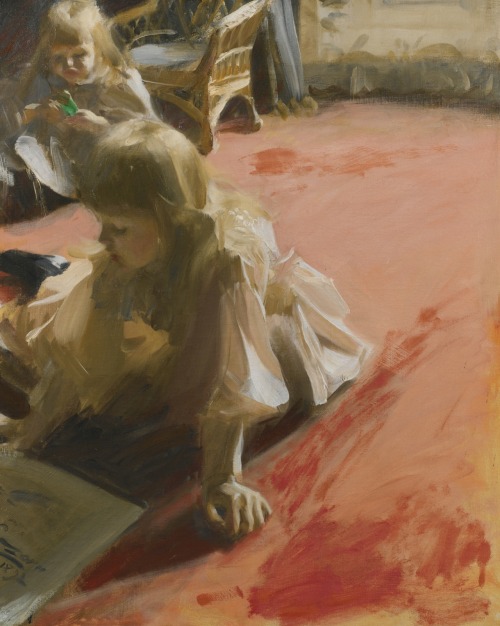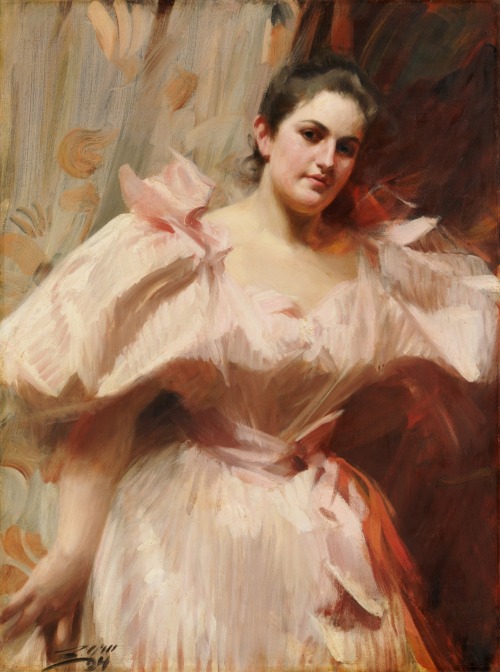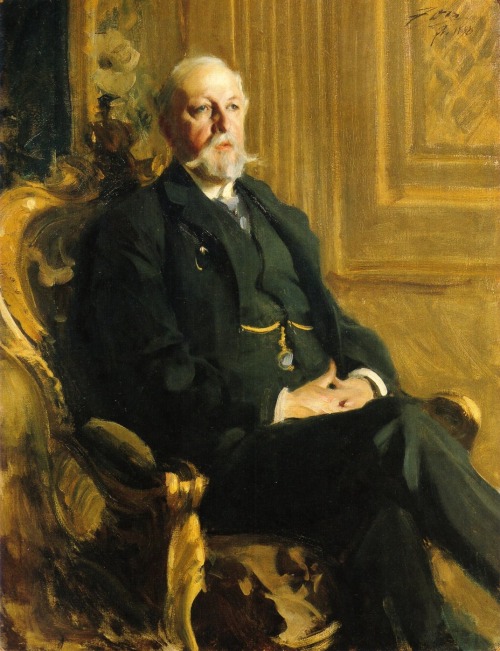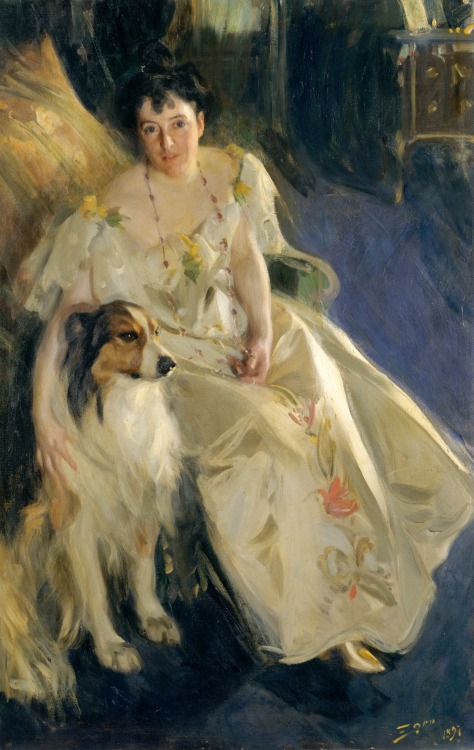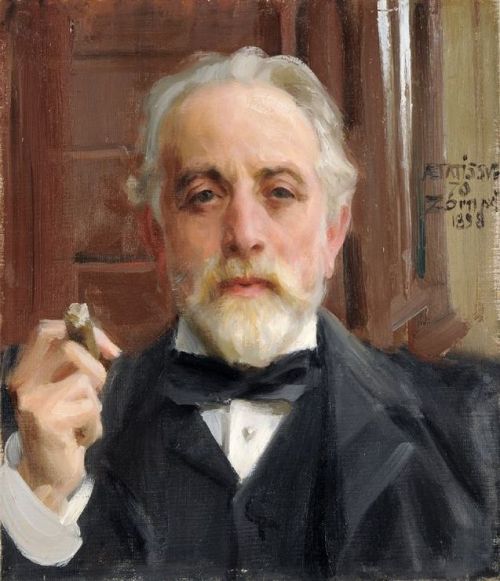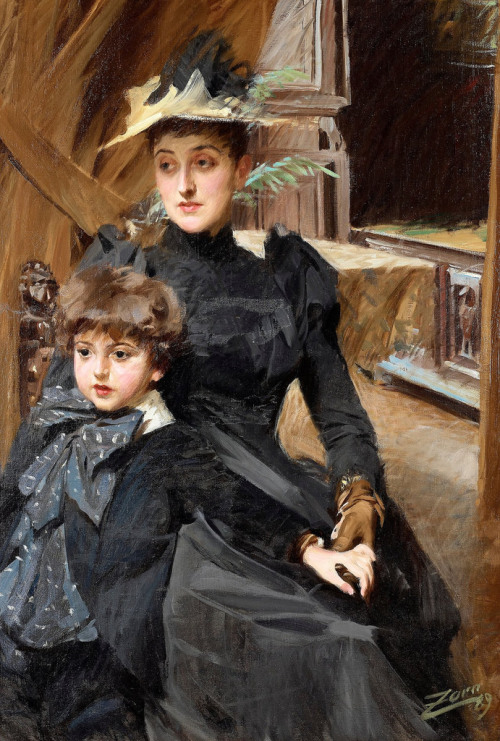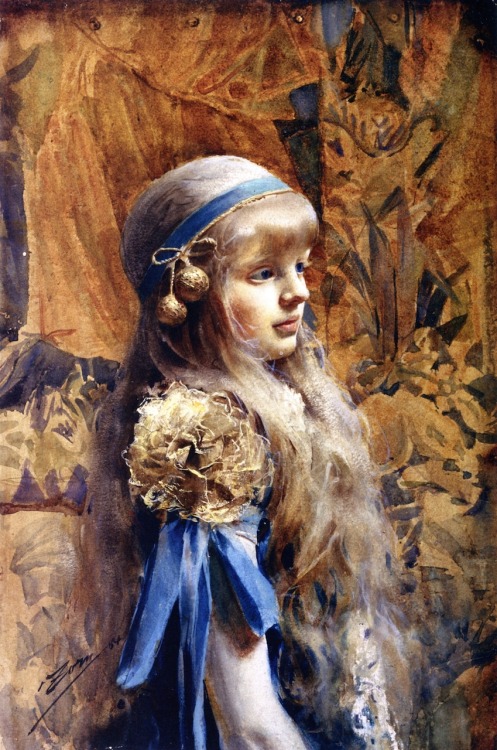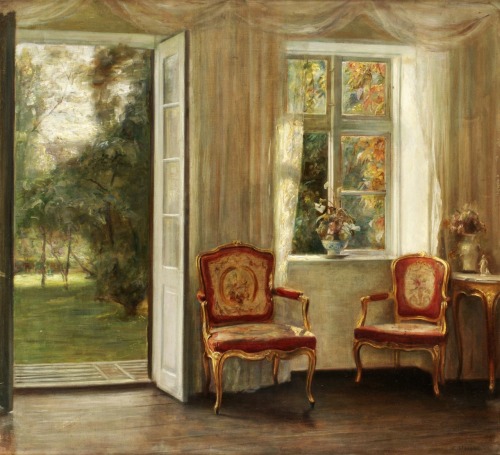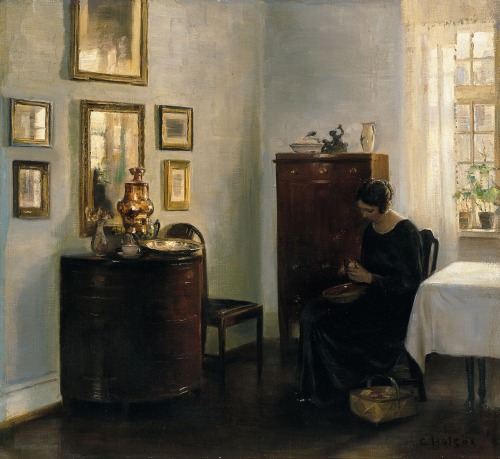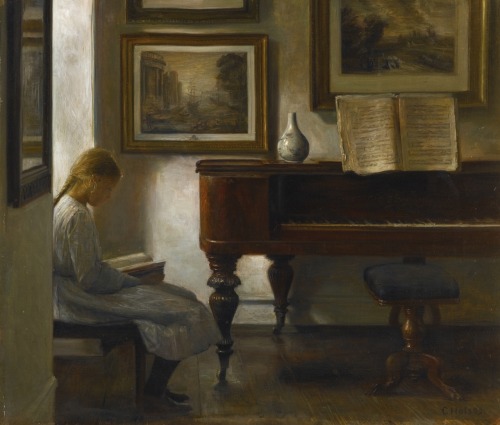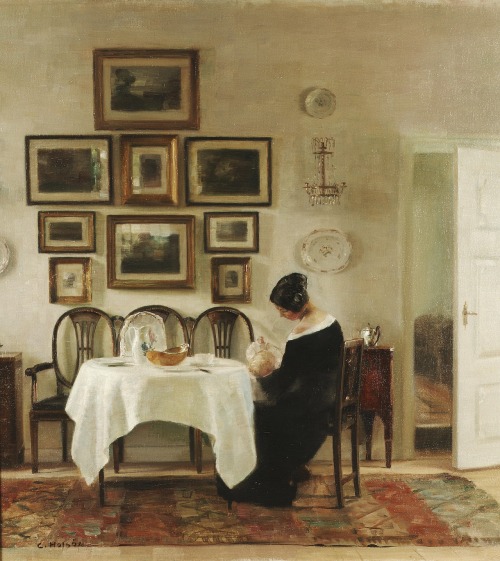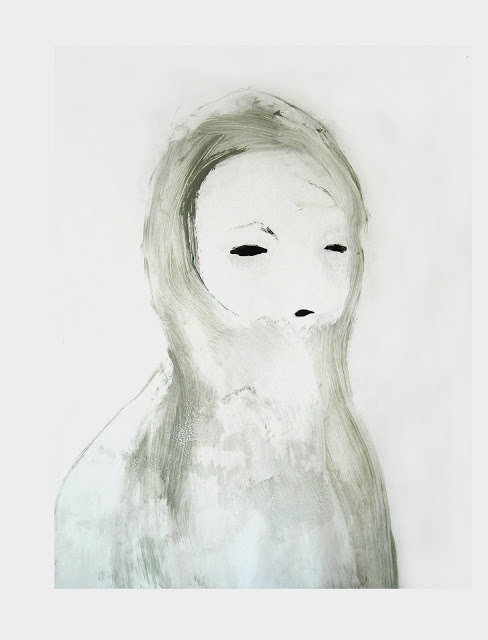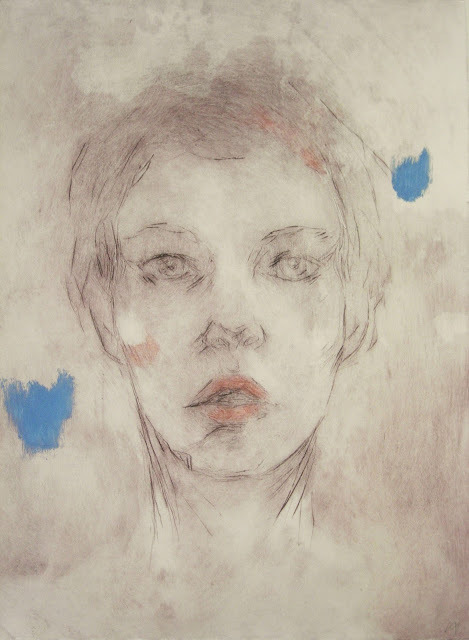#nordic art
Anders Zorn (1860–1920, Sweden)
SocietyPortraits
Anders Zorn is a Swedish painter, perhaps the internationally best-known artist from his country. While known primarily as an oil painter, he was also a gifted watercolourist and along with Joaquín SorollaandJohn Singer Sargent represented a highly virtuoso style of painting between the styles of 19th centuryAcademic art,realismandimpressionism.
He attained a great deal of fame during his lifetime as a painter of the famous (including royalty and three American presidents), and this allowed him a great accumulation of wealth during his lifetime. He used this money primarily to build a substantial art collection, which he donated to the Swedish state upon his death, and also to purchase 40 timber houses which Zorn wished to preserve to ensure that the art of traditional timber building was not forgotten. This reflects the respect of Zorn for his other great subject of painting, which was poor and working people, and rural environments.
Post link
Carl Holsøe (1863–1935, Denmark)
Holsøe was a Danish artist who primarily painted interior scenes often with a solitary female figure present. His style will remind some of his friend and more famous compatriot Vilhelm Hammershøi.
Post link
byKarkki Mäkelä
“Heinäkuu” sarjasta “Kuun tuntu”
2011
kuivaneula ja monotypia /drypoint and monotype
Post link


